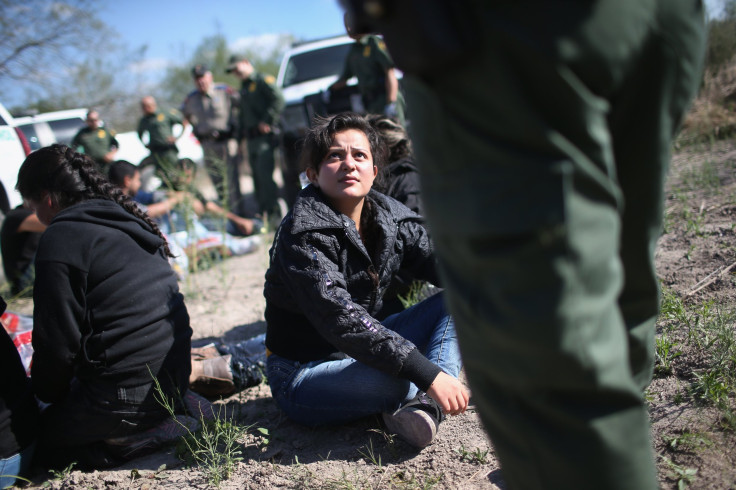US Begins Trial Of Biometric Technology With Facial, Eye Screening At Mexican Border

The U.S. government launched a program Thursday to collect facial and eye scans of people crossing into the country through the Mexican border, as part of a plan to track those staying on expired visas. About half of the people in the U.S. illegally are reportedly believed to have extended their visit more than what their visas allowed, but authorities were not able to identify them due to lack of a checkout system.
The U.S. Customs and Border Protection agency (CBP) began scanning foreign nationals entering on foot at Otay Mesa port in San Diego-Tijuana metropolitan region, the country’s fourth-busiest port of entry in 2014, as part of the first phase. In the second part of the program, which will begin in February, authorities will collect the same information on foreign nationals entering Mexico through the checkpoint. The complete trial run, which is expected to last through June, will help authorities determine if they can expand the screening method across the 1,954-mile Mexican border and gather information about the accuracy of the cameras.
“CBP is committed to developing a system that provides biometric exit data on non-U.S. citizens in a way that does not disrupt air, sea, or land port operations, but, rather secures and facilitates travel and trade,” San Diego Field Operations Director Pete Flores said in a statement Thursday, adding: “This test will help inform on next steps to developing and implementing biometric exit in the land pedestrian environment.”
The advanced technology used in the process is expected to help the agency compare “entry and exits along the land border" and "enhance CBP’s ability to secure the border, address immigration overstays, identify persons of interest and improve reporting and analysis of international visitors to the U.S,” it said in the statement.
The Associated Press (AP) reported on Thursday that foreign nationals who crossed over the border had to place their travel documents on a reader at one of the six kiosks in San Diego’s crossing where they looked for seconds into a camera positioned at arm’s length. After that, they walked to a border inspector for questioning.
"It's very fast, not inconvenient in the least," Rosendo Hernandez, from the border city of Tijuana, Mexico, on a visit to buy tools, told the AP. Nearly 8,000 pedestrians cross the Otay Mesa daily from Tijuana and many people had no objections to the scanning procedure, the AP reported.
An official said that when foreigners leave the country, the scanner would read the chip-enabled documents and match the information to entry records. "It's basically to verify that the same person that came to the United States is the same person that's exiting the United States," Joe Misenhelter, assistant director at Otay Mesa, told the AP.
Biometric screening, with fingerprints, facial images or eye scans, has been long demanded by the Congress but these processes pose financial and logistical challenges at land crossings. "We have historically controlled our borders coming in but not out," said Jim Williams, a former Department of Homeland Security official, who supervised efforts to introduce biometric screening at border crossings from 2003 to 2006, according to the AP. "It's been a lack of infrastructure and lack of investment," he added.
However, the move has faced opposition from advocates of privacy who believe that the government may misuse the information or make it vulnerable to identity theft. There have also been concerns that the checks could create bottlenecks at the crossings, which are already overcrowded.
According to a study by Pew Hispanic Center, cited by the AP, in 2006, up to 50 percent of the people in the U.S. overstayed their visas. The Center for Migration Studies said in another survey that between 2008 and 2012, more people stayed on expired visas compared with those who entered the country illegally during that period.
© Copyright IBTimes 2025. All rights reserved.






















